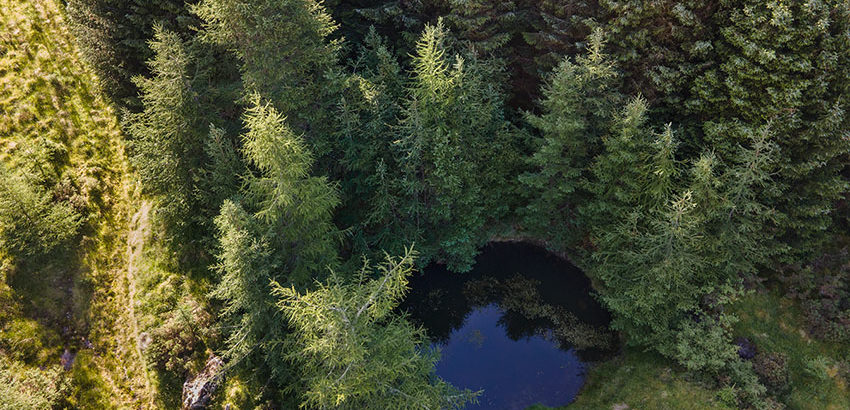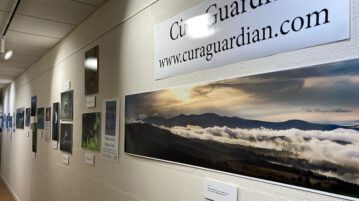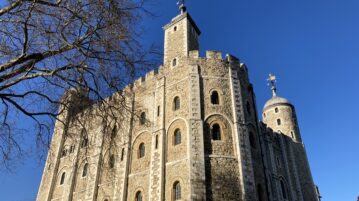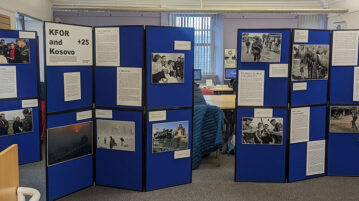
One of the most fascinating and special aspects of Heartstone stories for me as a storyteller is that you never know where the path you start on may lead, the extraordinary connections which will be made and the many doors it can open. This was certainly the case with the story which unfolded in the online show I hosted on June 23rd 2021.

Cllr. Allan Henderson, Deputy Convenor of Highland Council, welcomed all the special guests assembled for this event and then handed over to Clan Chief Hector Munro as the story begins in the forests of the Munro lands in Highland Scotland, an ancient landscape covering a vast area including forests, mountains, coastal areas and farmland.
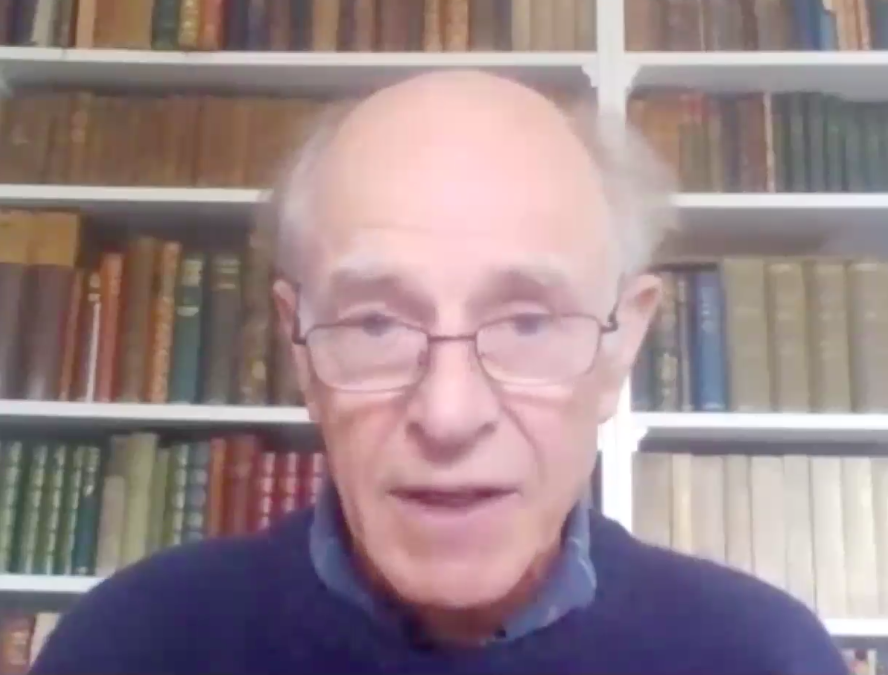
Hector spoke about his role as a farmer and custodian of lands that have been with the Munro Clan over hundreds of years and changed substantially during that time. Forests have been planted, cut down, re-planted – it is an ever changing landscape. What does not change though is the land and to preserve and protect it, Hector spoke of the need to have the longterm, rather than a short term view. The impact of climate change is something he is seeing in his everyday farming work, and he is only too well aware of the need for the right action now and eager to get the message across as widely as possible.
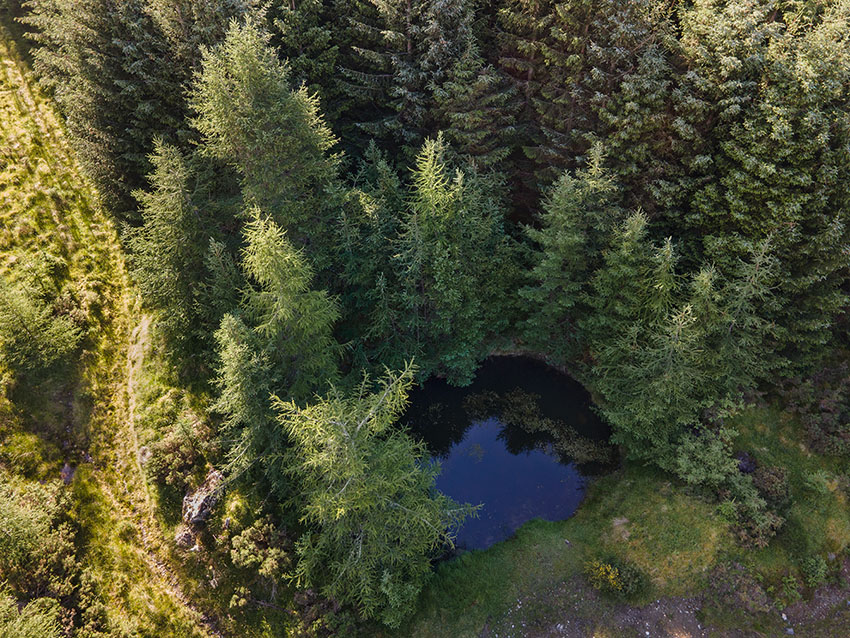
This story starts with a mysterious hidden pool, deep in the heart of the forest. If you know where it is and wait for some time by its side, as I did on what was a beautiful sunny Highland day, beneath the surface you will see there is movement – the pool is full of Palmate newts for whom this is home. And these became the inspiration for what would become a journey around the world and back, touching on some dark history that I had never been aware of.
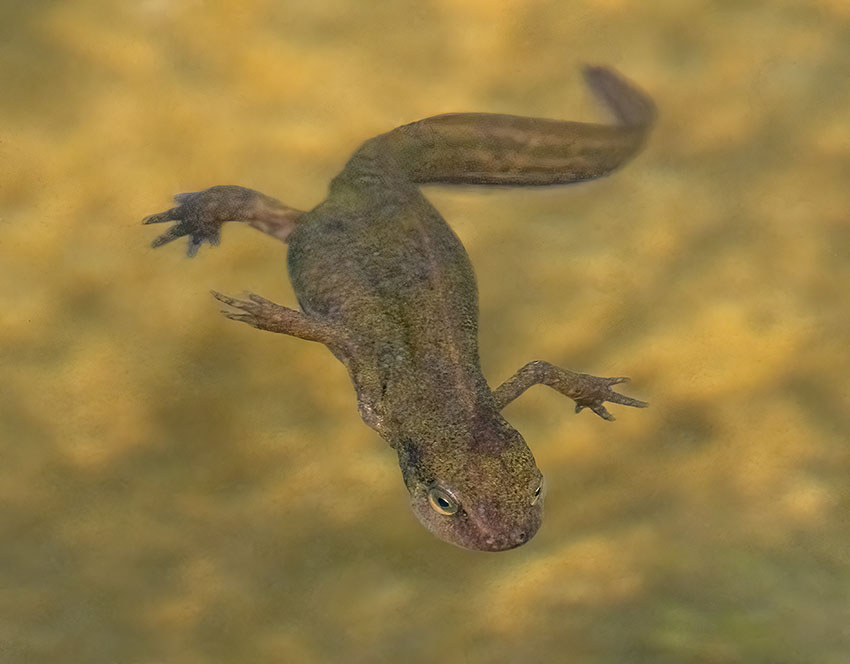
For those who didn’t know much about newts, David O’Brien (below), Biodiversity and Evidence Reporting Manager for NatureScot, was on hand to share some of the most amazing facts about them. David O’Brien has been fascinated by reptiles and amphibians since catching his first snake when aged only four! He has since studied these wonderful creatures around the world, but has carried out most of his research in the Scottish Highlands, where he helped discover a unique population of crested newts.

Newts belong to the Salamander family, creatures found all over the world in almost every continent and not surprisingly, have numerous folktales told about them. The most common of these is their association with fire. It is believed this story arose following the observation that salamanders were seen to creep out of burning logs without being harmed. Salamanders are known to hibernate under rotting logs during the winter and when the logs are taken indoors and lit, the creatures wake up exuding a moist fluid which ensures they are not harmed by the flames. It is interesting that this connection with fire is not just found in Europe, but noted in the stories told from different continents.

So, the next part of this journey was mine – to take everyone on a short world tour of Salamander stories before coming back to Europe and the belief that Salamanders were born from fire, could create fire and also destroy it. On the other side of the world, in China, there is also a connection with fire. The early Europeans who arrived there were shown a fireproof garment, which they were told was created from Salamander hair, something not possible as Salamanders don’t have hair, but demonstrated the strong association they have with fire across the globe. In fact, the garment was actually made from asbestos fibres!
The ‘mudras’ or hand-gestures of Indian Classical Dance, that I use all the time in my dances, are a wonderful way to bring stories ‘to life’. Here, you can see me demonstrating the mudra for ‘fire’.
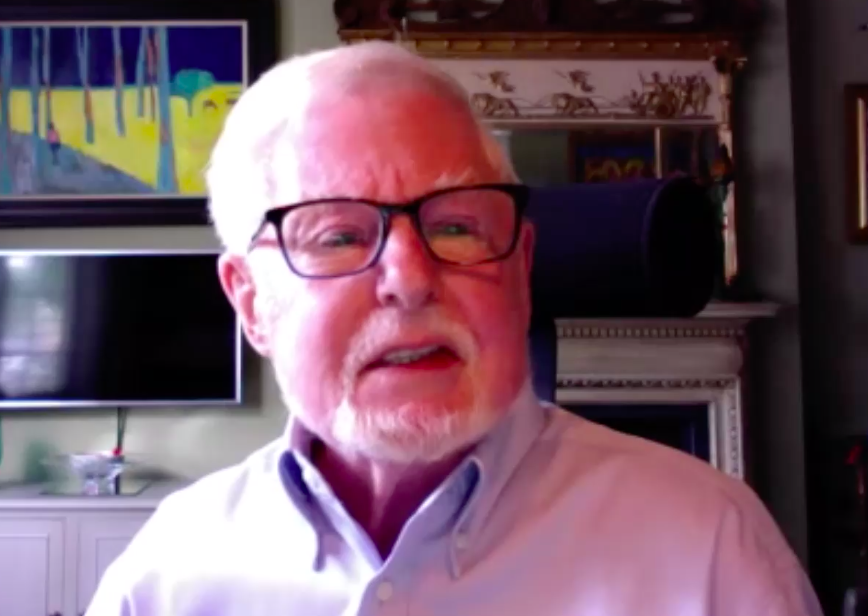
From stories of Salamanders around the world, we came back to what is perhaps the most famous reference here in the UK that anyone who has read any of Shakespeare’s works will know – the opening lines from Macbeth, often referred to as ‘the Scottish play’. Who better to read this than Sir Derek Jacobi (below) who brought to life the three witches over their cauldron creating their evil brew. Now, this is where the story becomes really fascinating. Who were the three witches and what was the meaning of this spell? It is not what you might think. In 1597, King James VI wrote a book called ‘Daemonology’ which would become famous. In this book, you will find mentioned the ‘Eye of Newt and Toe of Frog’ and other references as used by Shakespeare in Macbeth, and it is believed that this is the origin of these lines.
So why did he do this? Macbeth is a story of greed, ambition, power and murder and what Shakespeare did was use something that conjured up ‘evil’ in his audience’s minds from the outset. In his time, the reference to witches did just that and successfully set the scene for what was to follow. The real tragedy, however, is the story of the witches and the first question we need to ask is who were they?
These were wise women of the time who had developed an extensive knowledge of plants and their uses as herbal remedies. As time went by, their knowledge was increasingly coveted and to protect themselves from others wanting to steal and use what was, as we would describe it today, their ‘intellectual property’, they surrounded themselves in magic and mystique which made others afraid of them and their ‘powers’. And this was their undoing. They gave alternative names to the common herbs and flowers they used – eye of newt, for example, in fact referred to buttercup leaves! In the process, they unfortunately increased the suspicion and fear which surrounded them. This led to the label given to them of ‘witches’ and the book Daemonology became the foundation of the witch trials leading to horrific persecution and death, a dreadful ultimate consequence of prejudice, which brings us back to Heartstone.
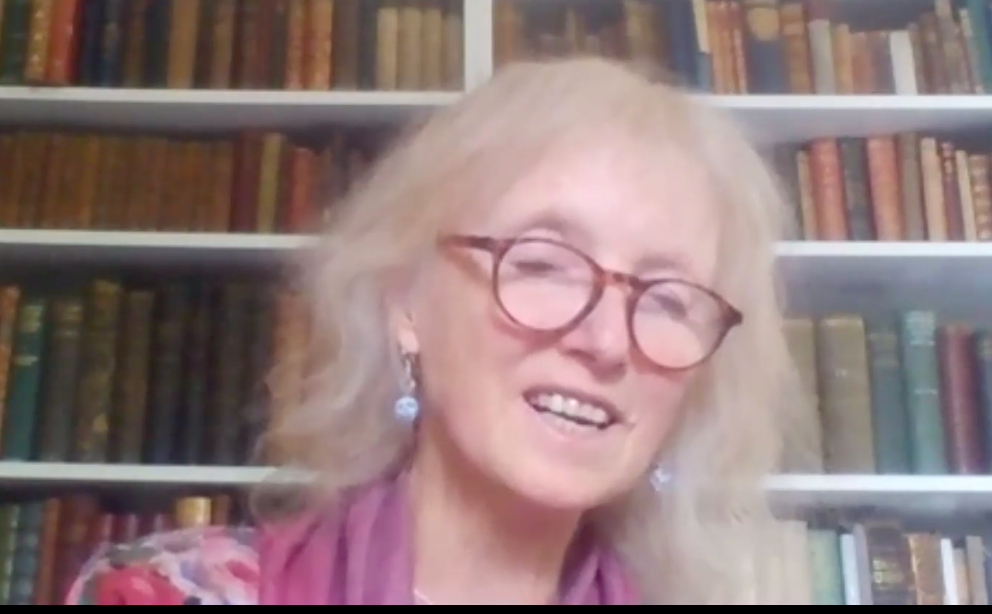
Alpha Munro (above) has a strong interest in herbal medicines and gave a brief tour of some of the plants that she has in her own herb garden at Foulis Castle. Betony, Hyssop and St John’s Wort all had their place and you can even find St John’s Wort in chemist shops today. Alpha has made a serious study of these plants and herbs over many years.
The event ended with a short presentation by barrister Claire Mitchell QC, (below right) and her fellow campaigner Zoe Venditozzi (below left). Together they lead the ‘Witches of Scotland’ campaign based in Edinburgh and seeking to bring a pardon to these women, some of whom were put to death in the most horrific ways. Whilst we can never bring those women back, at least something can be done to recognise past injustices and at least right some of those wrongs as far as we are able to in the current time.

And so, starting from a mysterious pool with newts in the heart of the Munro forests, we have come full circle back to the need to challenge all forms of prejudice and intolerance and a reminder of just where this can lead if it goes unchecked.

The last part of our story though, goes back to the plants, such as Betony (left) and their uses, which has brought the most unexpected connections with indigenous communities in other parts of the world, such as the Haida Nation in Haida Gwaii and the Pacific Islanders, where climate change is now impacting on their world and their daily lives.
But that is the next story….!
I and all of us at Heartstone would like to thank the wonderful contributors who have made this event possible and led to the new connections we have been able to make as a result.
Sitakumari, Director – Heartstone
Our grateful thanks also to the Clan Munro Association, Port of Cromarty Firth and the Northern Meeting Charity for their funding and support for this programme of events.
TO SEE A RECORDING OF THE EVENT, CONTACT: alice@heartstone.co.uk

